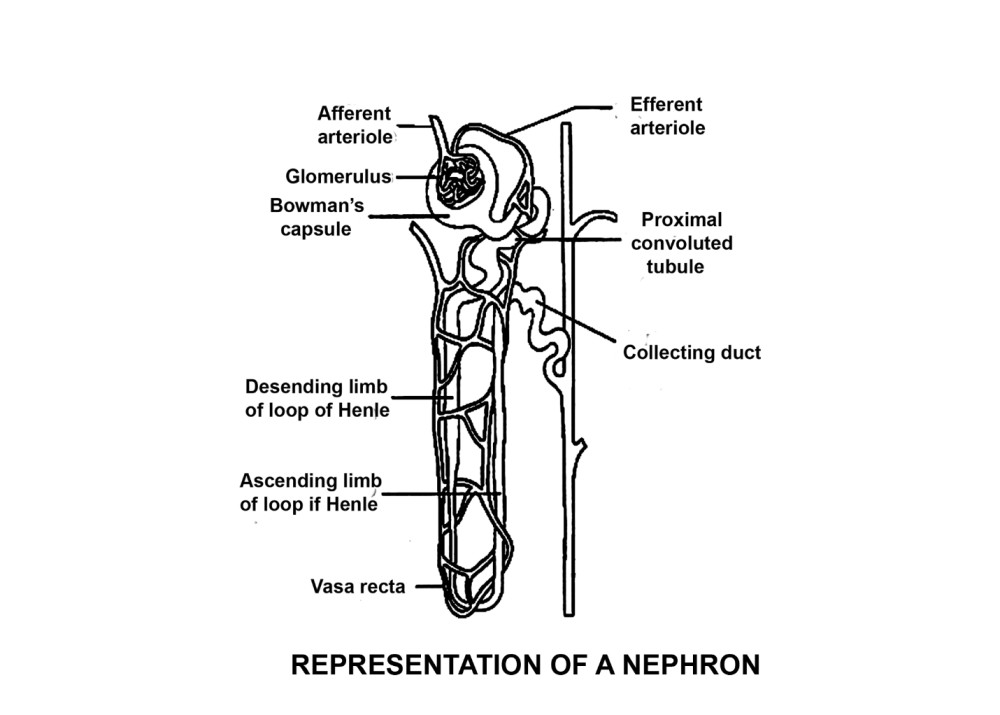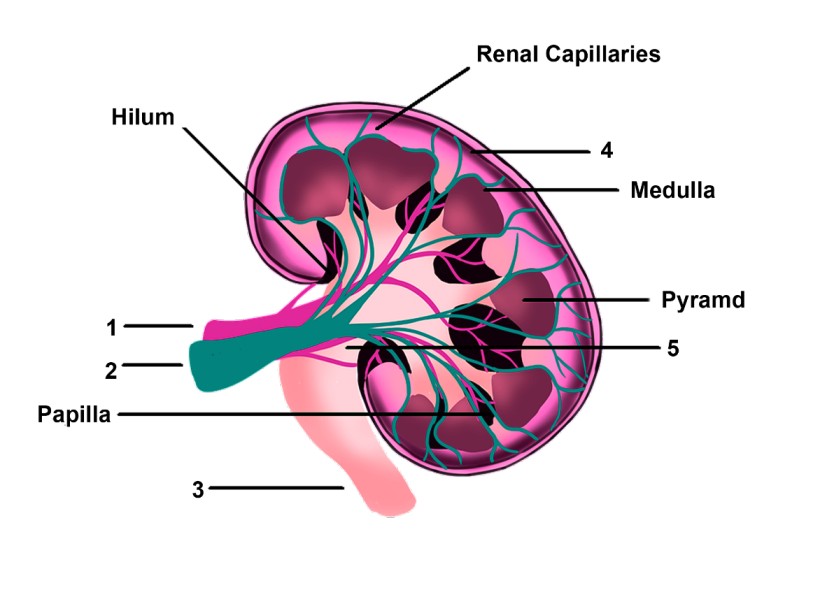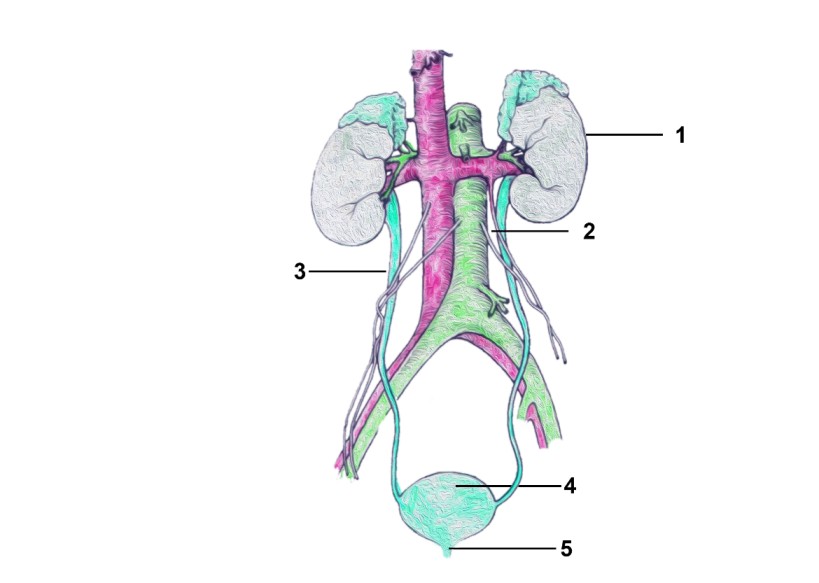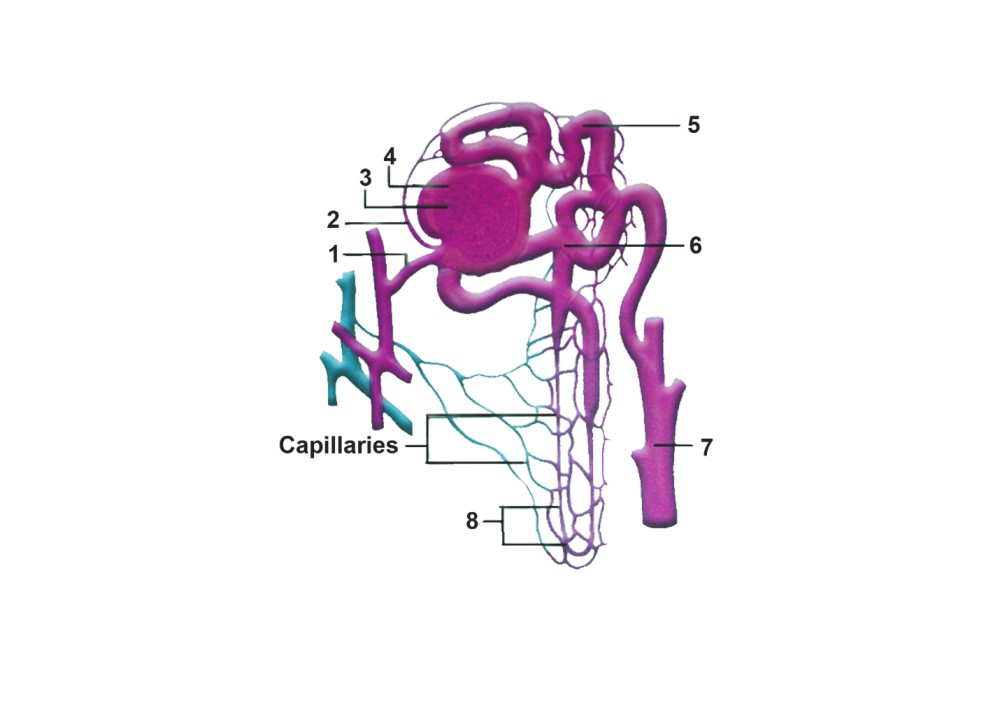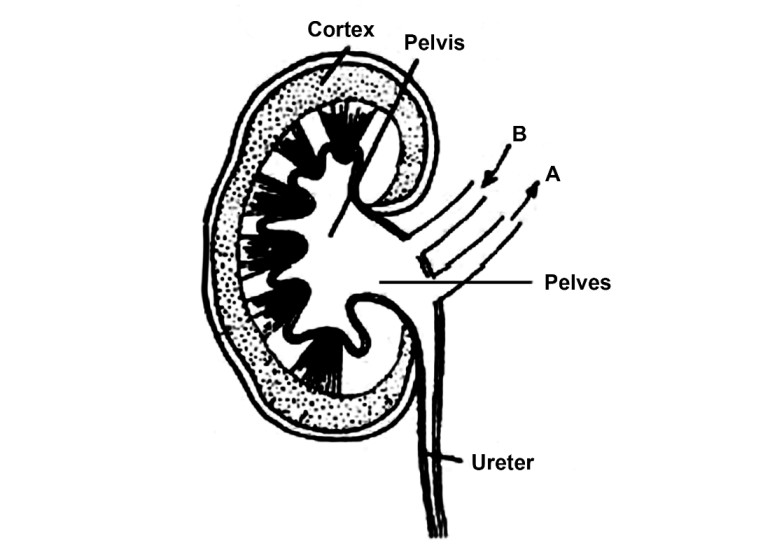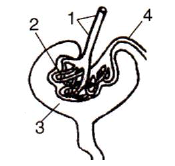ICSE Class 10 Biology Chapter 9 Selina Concise Solutions - Free PDF Download
FAQs on Concise Biology Class 10 ICSE Solutions for Chapter 9 - The Excretory system
1. According to Selina Concise Biology Class 10 ICSE Solutions for Chapter 9 - The Excretory system what does dialysis mean and under what conditions is it done?
According to Selina Concise Biology Class 10 ICSE Solutions for Chapter 9 - The Excretory system via Vedantu, dialysis is a process where the artificial kidney functions are performed by a machine. The patient's blood is led from the radial artery to his arm through the machine in which the Urea and the excess salts are removed and the purified blood is then sent back to the body with the help of a vein in the same arm. Here only the waste is removed and the useful nutrients are left behind. Such a process is performed only when there is permanent damage observed in the kidneys. This process is conducted for about twelve hours a week.
2. Why does the diagram or images in Selina Concise Biology Class 10 ICSE Solutions for Chapter 9 - The Excretory system help in studying effectively?
The diagram or the images included in the Selina Concise Biology Class 10 ICSE Solutions for Chapter 9 - The Excretory system are in line with the content provided and the explanation given in the solution. This allows the students to both reads and perceives how it actually seems like in reality. This makes the studying process a bit more interesting than the usual way of studying. The usage of colors in between the completely black and white text also helps the students bring about a change in the view. It also helps increase the concentration span of the students.
3. What are the main subtopics included in the Selina Concise Biology Class 10 ICSE Solutions for Chapter 9 - The Excretory system?
The main subtopics that are included in the Selina Concise Biology Class 10 ICSE Solutions for Chapter 9 - The Excretory system can be provided as follows:
Excretion in the human system and other organisms
A detail about the substance that is eliminated and what remains behind
The excretory organs that help with the process
Kidneys
Constituents of urine and what is harmful
Regulation of urine output
Osmoregulation
Artificial kidney and the concept of dialysis in humans due to kidney damage
All of these topics clustered in the Selina Concise Biology Class 10 ICSE Solutions for Chapter 9 - The Excretory system via Vedantu provides a detailed explanation of how excretory systems work in the human body.
4. How many questions are there for each type of question in the Selina Concise Biology Class 10 ICSE Solutions for Chapter 9 - The Excretory system?
Depending on the type of question there are a various number of questions involved and a detailed list of the same can be provided as follows:
Multiple choice question: 4
Very short answer type questions: 3
Short answer type questions: 10
Long answer questions: 3
Application-based or structure questions: 6
Practicing all these questions based on their types and numbers given students can achieve a high level of practice that provides them with immense knowledge regarding the topics that are involved. These also help the students prepare for their Class 10 exams along with other competitive exams that involve biology as one of the main subjects.
5. Why is it easier for students to score with the help of Selina Concise Biology Class 10 ICSE Solutions for Chapter 9 - The Excretory system rather than just reading the NCERT textbook?
Just reading the NCERT textbooks will provide a lot of information on a single page which does not help the students understand everything. Instead of using the Selina Concise Biology Class 10 ICSE Solutions for Chapter 9 - The Excretory system via Vedantu, students get segregated and properly segmented details on the subtopics that are included. The way the questions and the answers are structured takes the level from an easy one to a difficult one which will gradually help students improve their level of skills.

























